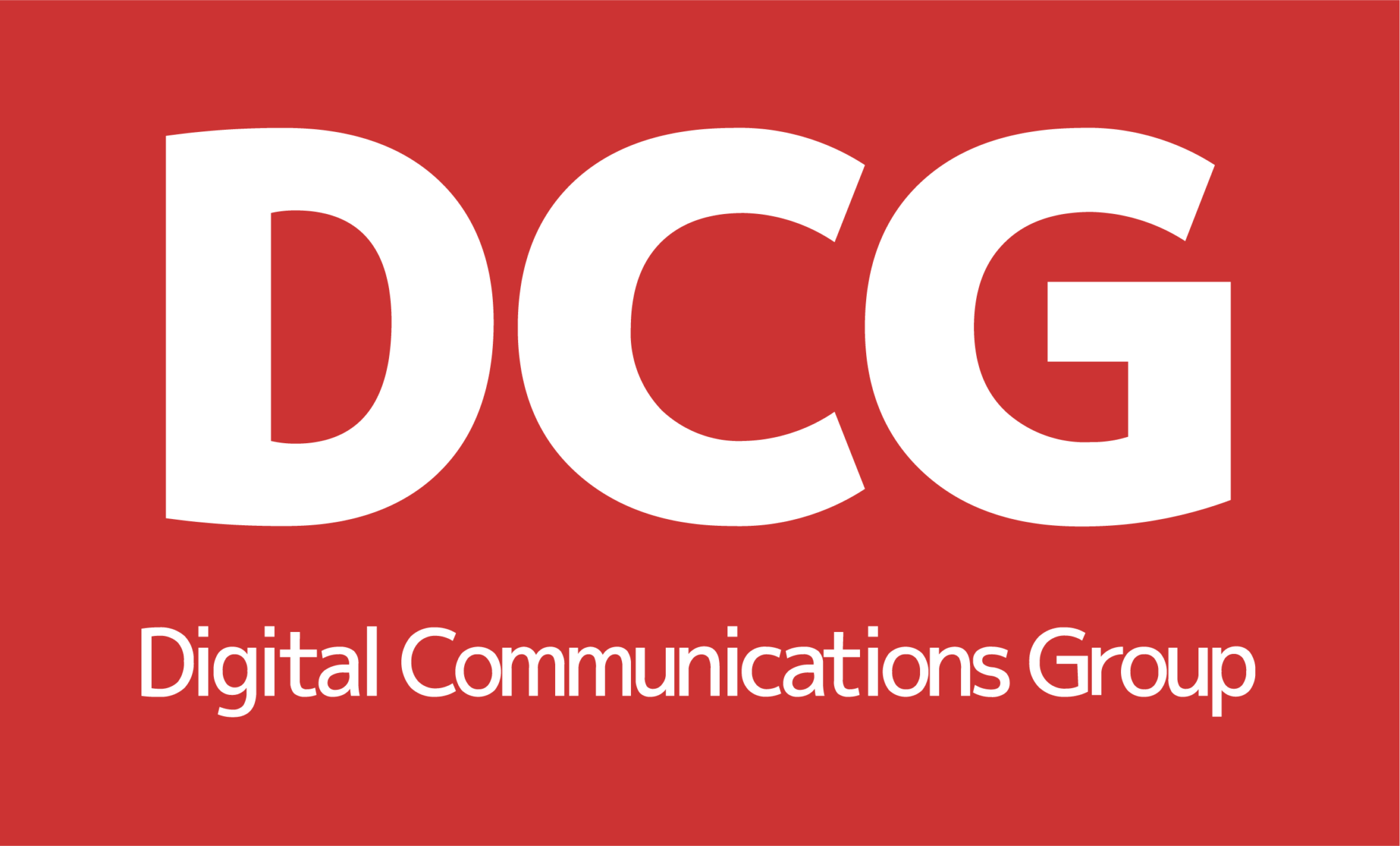Marketing technology, or martech, is evolving at a rapid pace. Many innovative technologies are developed and released to the market every month. This growth means that over 8000 marketing tools are available to businesses today.
With so many choices, it can be overwhelming. Marketers need not use all these technologies, but an understanding of which of these technologies is crucial to their business and a perfect fit for their needs, is essential. They also need to know how these technologies integrate with each other and how using these technologies can improve their business.
With this knowledge and understanding, they can build the perfect combination of marketing and communication technology in a martech stack suitable for their business. With this marketing technology stack, and by using integrated marketing technology, they will strengthen their overall marketing efforts.
But what is a martech stack and why is it used? This article will look at these questions in more detail. With this foundational knowledge, businesses can start looking at building their own martech stacks.
What Is a Marketing Technology Stack?
A martech stack is a collection of technologies and services which, when integrated and architected well, work to support the efforts of the marketing team in performing, analyzing, and improving their performance.
The easiest way to explain what a martech stack is by using an analogy. Imagine for a moment a carpenter who received an order for a bookcase. In a typical carpenter’s toolbox, there will be tools like hammers, saws, screwdrivers, nails, and screws. There may be more, but this is the tools he’ll use to build the bookcase.
Just like the carpenter, marketers have many tools and technologies available. Each of these tools has its own distinct function and purpose. Each plays a vital role and serves a purpose in the overall marketing effort, and used together they form the marketing technology stack.
Each of these tools has their own purpose and function for which they were designed and which they do well. He knows what each tools’ purpose is and how to use them. Used on their own, however, he won’t be able to build the bookcase. He understands that he will achieve the result if he uses them together.
By using them together, he’ll be able to craft an exquisite bookcase. He thus integrates all their separate purposes into one to complete the bookcase. His tools are his stack, which he uses in his woodworking business. This is truly an example of the saying “the whole is greater than the sum of its parts” in action.
Just like the carpenter, marketers have many tools and technologies available. Each of these tools has its own distinct function and purpose. Each plays a vital role and serves a purpose in the overall marketing effort, and used together they form the marketing technology stack.
To list all these tools is impossible, but they all fall under certain broad categories according to their use and function. These categories include:
- Content Management Systems
- Content Marketing
- Marketing Analysis
- Customer Relationship Management
- Marketing Automation and Campaign Management
- Social Media Tools
- Optimization Tools
- Marketing Integration
- Marketing Collaboration
- Project Management
This is not an exhaustive list and, as said, marketing teams don’t have to use all these tools, but at the very least every business should use a range of marketing and communication technologies.
Every business is unique, so marketing stacks will be used in diverse ways by different organizations. Teams should, however, build their stack with tools that would improve their workflow, allow them to run more efficiently, and deliver better outcomes. For this, an understanding of all the elements of the stack and how they integrate is crucial.
When integrated and architected well, and with thoughtful intention, the marketing effort strengthens exponentially. In contrast, a poorly designed stack and teams without a proper understanding can lead to problems.
What Is a Marketing Technology Stack Used For?
It’s no secret that competition is increasing in every sphere of business. To stay on top, a business must use effective marketing strategies that incorporate a variety of tools. In today’s market a martech stack is no longer something to consider, but an essential part of any business’s marketing strategy.
The martech stack automates the complete marketing process throughout the entire client lifecycle. This means it’s used for the entire process of building a brand, product marketing, customer acquisition, analyzing marketing performance, and communications.
A business can trace the customer journey, decide what is and isn’t working and then use alternative tools to improve. This process isn’t as easy as it sounds. As consumer behavior continues to transform, so does the marketing requirements.
To adapt to the changing needs and desires of consumers, marketers must understand which tools work for which situations.
A properly integrated and architected marketing stack enables marketing teams to make this arduous process easier and enables businesses to measure marketing performance and keep marketing spending in check.
Final Thoughts
A business may take some time to figure out what its ideal martech stack looks like. By using trial and error, it can map out a plan, and the process will become more organic. With this process, the team can see what marketing and communication technology works for them.
Ultimately, when the martech stack is created, the marketing team can leverage the layers of synergized technology to engage customers and more efficiently achieve its goals.




